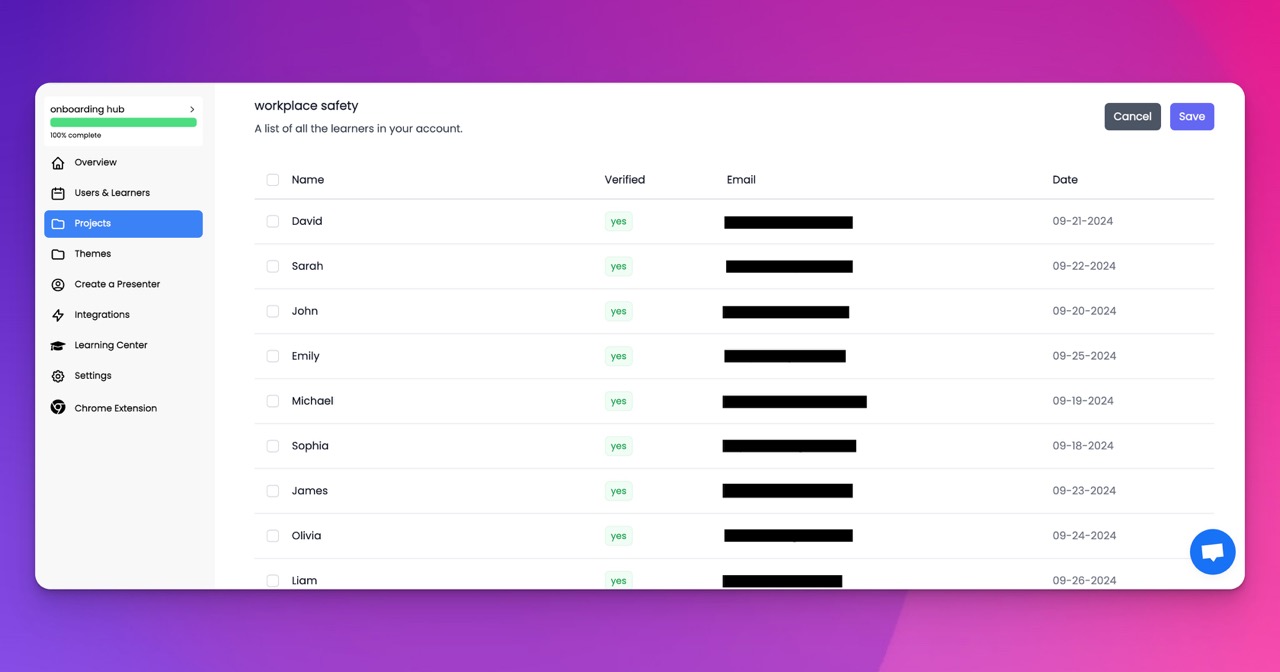🎉 Trainday now integrates with Zendesk and Hubspot 🎉 Trainday now integrates with Zendesk and Hubspot 🎉 Trainday now integrates with Zendesk and Hubspot
🎉 Trainday now integrates with Zendesk and Hubspot
Contact
OSHA Compliance
"Ensuring Safety And Compliance: The Ultimate OSHA Checklist For Dental Offices"
# Ensuring Safety and Compliance: The Ultimate OSHA Checklist for Dental Offices
Running a dental office involves more than just excellent patient care and high-quality dental work. Ensuring a safe and compliant work environment is paramount, and adhering to the Occupational Safety and Health Administration (OSHA) regulations is a critical aspect of this responsibility. To help you navigate these requirements, we've created the ultimate OSHA checklist tailored specifically for dental offices.
## 1. **Bloodborne Pathogens Standard**
### **Exposure Control Plan**
- **Develop and Implement**: Create a written exposure control plan outlining protective measures to eliminate or minimize employee exposure.
- **Annual Review**: Regularly update the plan and review it annually or whenever necessary.
### **Universal Precautions**
- **Training**: Ensure all staff are trained in universal precautions to treat all human blood and certain human body fluids as if they are infectious.
- **Personal Protective Equipment (PPE)**: Provide appropriate PPE such as gloves, masks, and gowns, and ensure staff know how to use and dispose of them correctly.
### **Sharps Safety**
- **Proper Disposal**: Use puncture-resistant, labeled, and leak-proof containers for disposing of needles and other sharps.
- **Engineering Controls**: Implement safer medical devices to reduce the risk of needlesticks and other sharps injuries.
## 2. **Hazard Communication Standard**
### **Chemical Inventory**
- **Maintain a List**: Keep an up-to-date inventory of all hazardous chemicals used in the office.
### **Safety Data Sheets (SDS)**
- **Accessibility**: Ensure that SDS for all chemicals are readily accessible to all employees during each work shift.
- **Employee Training**: Train employees on the hazards associated with chemicals in the workplace and how to read and understand SDS.
### **Labeling**
- **Proper Labeling**: Ensure all chemical containers are clearly labeled with the identity of the chemical and appropriate hazard warnings.
## 3. **Infection Control**
### **Sterilization Procedures**
- **Regular Monitoring**: Regularly test and monitor sterilization equipment to ensure it is functioning correctly.
- **Document Protocols**: Maintain detailed protocols for cleaning, disinfecting, and sterilizing instruments and surfaces.
### **Hand Hygiene**
- **Facilities**: Provide adequate facilities and supplies for handwashing.
- **Training**: Educate staff on proper hand hygiene techniques and the importance of hand hygiene in preventing infections.
## 4. **Emergency Preparedness**
### **Emergency Action Plan**
- **Written Plan**: Develop a written emergency action plan that covers procedures for dealing with fires, medical emergencies, and other potential emergencies.
- **Training and Drills**: Conduct regular training and drills to ensure that all employees are familiar with the emergency procedures.
### **First Aid Kits**
- **Accessibility**: Ensure that first aid kits are stocked and easily accessible.
- **Training**: Train employees in basic first aid and CPR.
## 5. **Ergonomics**
### **Workstation Design**
- **Ergonomic Assessments**: Conduct ergonomic assessments to ensure that workstations are designed to minimize the risk of musculoskeletal disorders.
- **Adjustable Equipment**: Provide adjustable chairs, stools, and other equipment to accommodate different body sizes and shapes.
### **Training**
- **Proper Techniques**: Train staff on proper techniques for lifting, reaching, and other physical tasks to reduce the risk of injury.
## 6. **Recordkeeping**
### **Injury and Illness Log**
- **Maintain Records**: Keep accurate records of work-related injuries and illnesses as required by OSHA.
- **Annual Summary**: Post an annual summary of injuries and illnesses in a visible location within the office.
### **Training Documentation**
- **Training Records**: Maintain records of all safety training sessions, including dates and names of attendees.
## Conclusion
Ensuring safety and compliance in a dental office is a continuous process that requires vigilance and commitment. By following this ultimate OSHA checklist, you can create a safer work environment for your employees and provide the highest standard of care for your patients. Regularly review and update your safety protocols and engage your staff in ongoing training to stay compliant and keep everyone safe.
By prioritizing OSHA standards, you not only protect your employees but also foster a culture of safety and excellence in your dental practice. Stay proactive, stay informed, and stay safe!
Accelerate Compliance.
Deliver OSHA-Ready Courses Instantly.
Empower your team with data-driven training solutions tailored to your industry's safety standards. Stay compliant, reduce risks, and boost productivity with AI-powered course creation.
